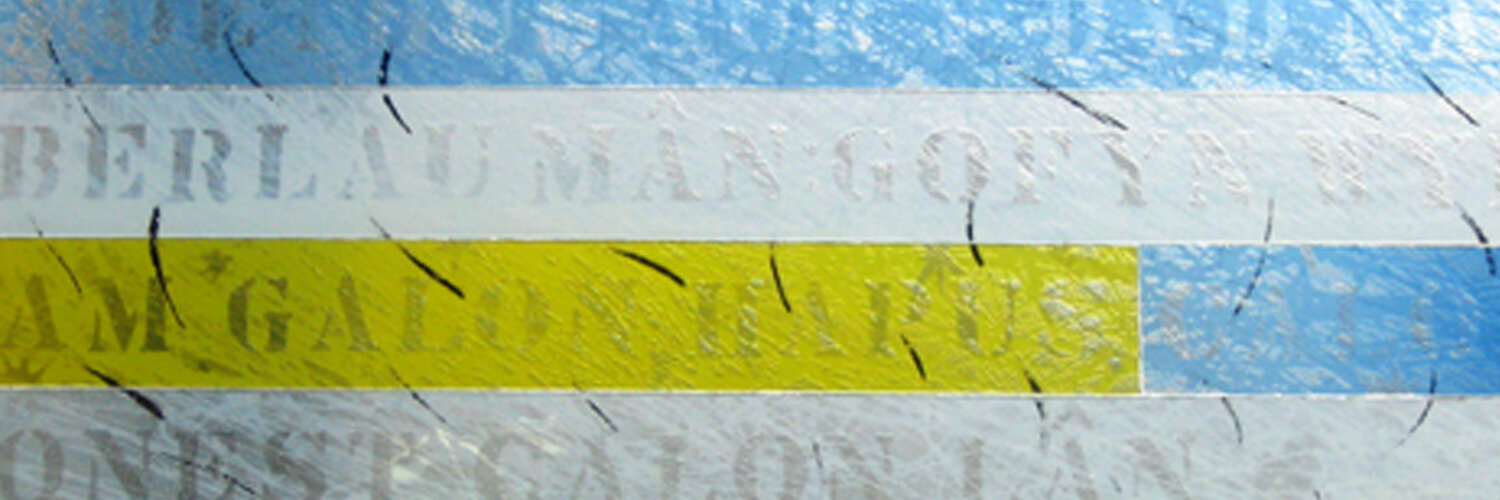
BIOGRAPHY
BIOGRAPHY
She enrolled on the foundation course at Swansea School of Art in 1979, and there became attracted to glass as an artistic medium. In 1980, she commenced the Swansea course in Architectural Stained Glass.
Encouragement, in the form of tangible success, came quickly. In her first year, she won the first prize for glass at the National Eisteddfod of Wales, a feat she was to repeat in 1982.
Between times, she took first prize in the national Hetley Hartley-Wood glass competition for a panel that was subsequently exhibited at the stained glass museum at Ely Cathedral, and purchased by the Victoria and Albert Museum.
On graduating, with distinction, in 1982 she, together with four other ex-students, established Glasslight Studios, a co-operative stained glass studio in Swansea, where patronage from the Catholic Church spawned a variety of ecclesiastical commissions. However, she became increasingly dissatisfied with the economic necessity of accepting uninspiring commissions and left to pursue an independent career in 1987.
Since then, Catrin has worked uninterruptedly on numerous commissions in a wide variety of business sectors, mainly in the public domain.
As well as her commissioned work, she has taught occasionally at glass departments at Central St Martin’s School of Art in London, North East Wales Institute in Wrexham, and at the Institute of Higher Education in Swansea.
She has also conducted numerous workshops with primary and secondary schoolchildren and with college students and possesses an Enhanced Disclosure from the Criminal Records Bureau.
APPROACH TO WORK .
APPROACH TO WORK .
Unlike many glass designers, Catrin is essentially an artist who uses glass as her preferred medium. Glass differs significantly from canvas in that it imparts transmitted (as opposed to reflected) light, which has an extraordinary capacity to affect the human spirit. The traditions of drawing and painting remain applicable, and can be combined with techniques of sandblasting and acid-etching for dramatic effect.
Most of her work is made to commission for architectural environments but, besides working to commission, Catrin also produces occasional works for exhibition. Here, the relative lack of prescription allows a more inventive and spontaneous approach to the medium and provides an opportunity to experiment with new processes, techniques and materials, including found objects. Glass can be treated as a collage material, and can be combined with other media to create three-dimensional, freestyle pieces.
Catrin has exhibited work in Europe, Japan and North America and her works are in public collections in Britain and Japan.


